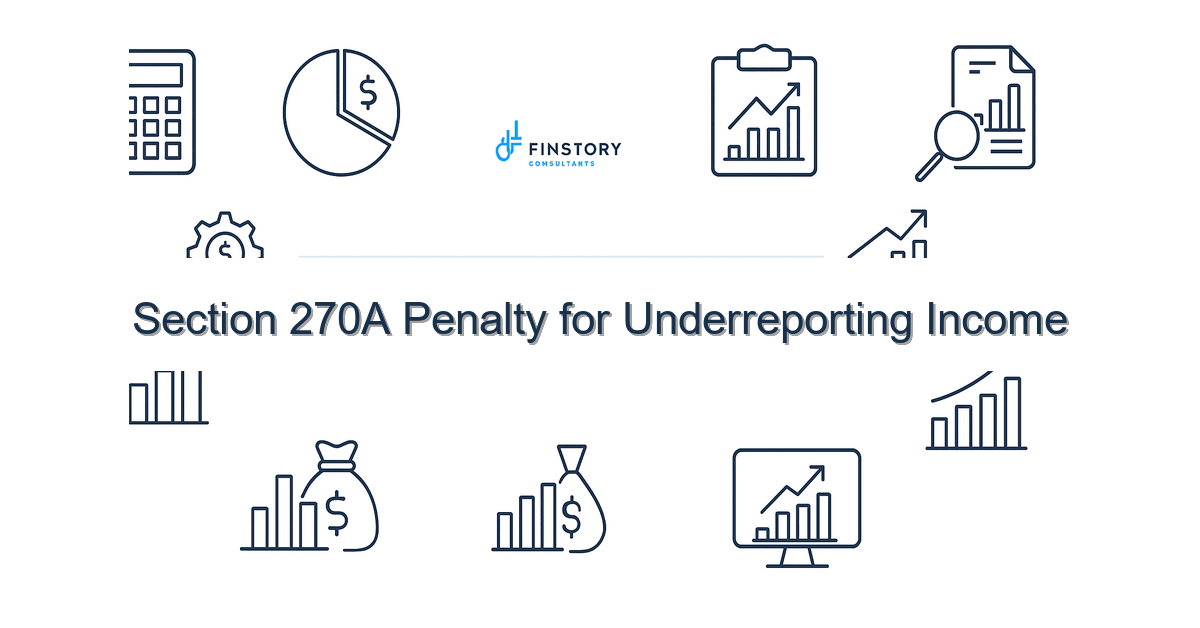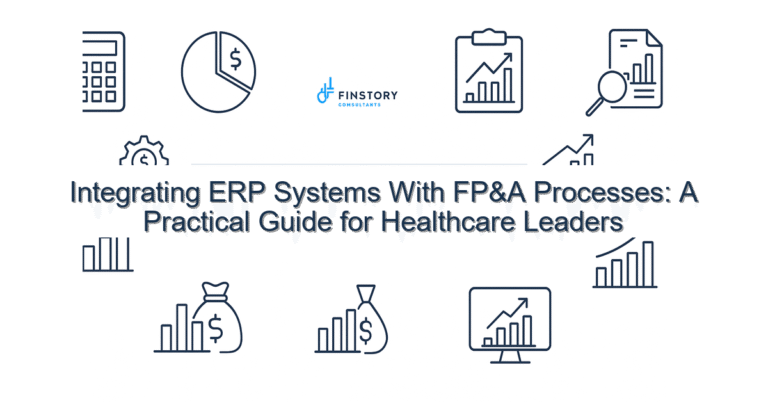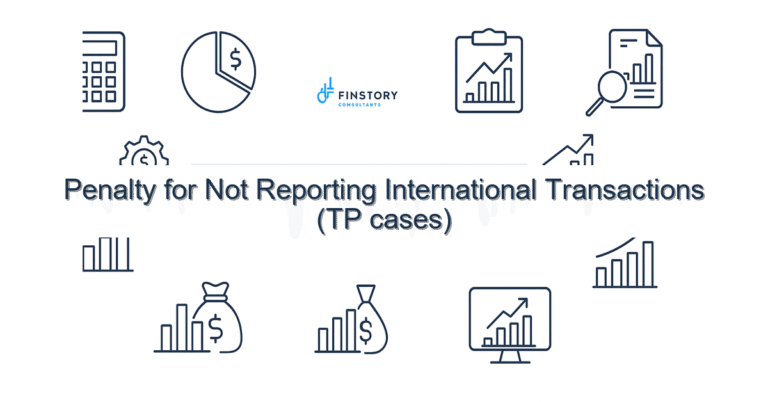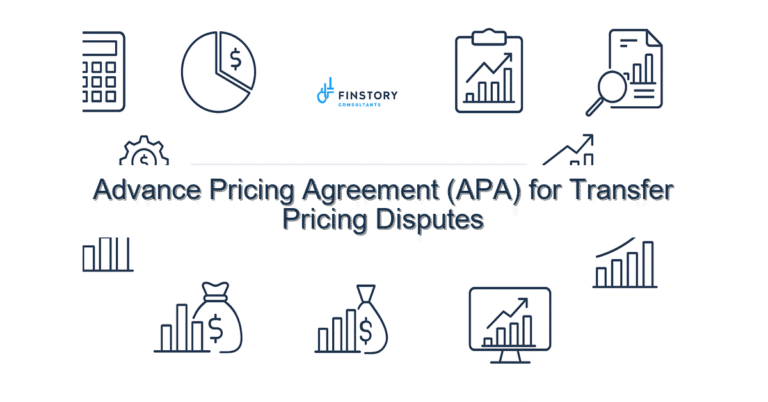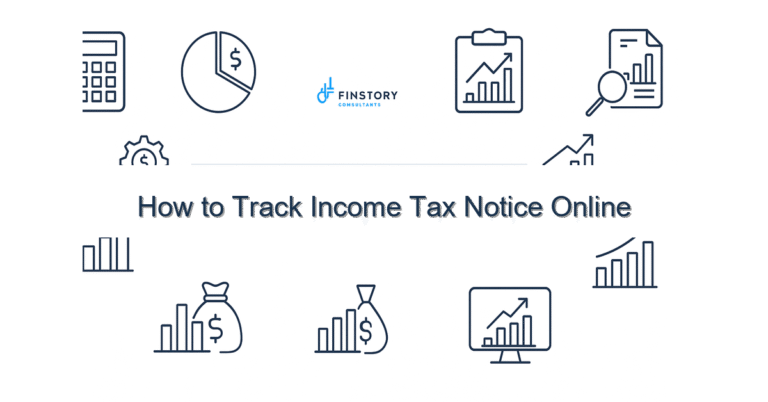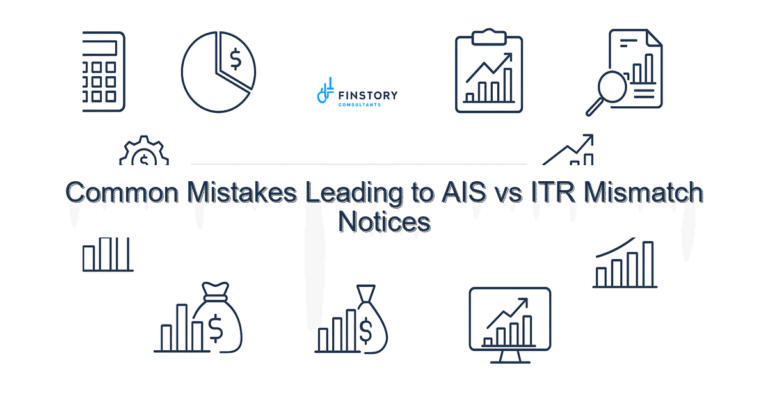Section 270A Penalty for Underreporting Income
Getting a notice from the tax department is stressful—especially when it mentions penalties. You’re not alone: many salaried professionals, founders and MSME owners feel blindsided by complex rules and small mismatches that trigger big penalties.
Summary: Section 270A penalises underreported and misreported income — typically 50% for underreporting and up to 200% for misreporting — based on the tax on the difference. Early review of your ITR, AIS/26AS and supporting records can dramatically reduce exposure and help you negotiate with the assessing officer.
What’s the real problem in India?
For many taxpayers the rules, forms and timelines feel like a maze: assessment year (AY) vs previous year (PY), CBDT circulars and time-limited response windows. Small slips — an omitted TDS entry, a wrongly classified receipt, or an unreported capital gain — escalate into penalty notices under Section 270A. The system ties penalties to the tax effect of the discrepancy rather than to a flat fine, so even modest amounts can turn costly.
- Symptom: You received a notice after ITR filing last date because of a mismatch in AIS/26AS and ITR.
- Symptom: TDS/TCS entries on Form 26AS aren’t matching salary or interest declared in the return.
- Symptom: Capital gains figures are different due to missing indexation or incorrect dates.
- Symptom: An assessing officer is treating an expense or deduction (Section 80C limit, business expenses) as inadmissible.
What people get wrong
Common pitfalls aren’t always about intent — many are process and documentation failures. Taxpayers frequently:
- Assume TDS shown in AIS/26AS is automatically accounted in the ITR — but mismatches in PAN, challan dates or employer names can cause differences.
- Ignore finer classification issues — reporting a sale as capital receipt vs revenue receipt, missing capital gains indexation, or applying the wrong holding period.
- Over-rely on tax software defaults without reconciling with bank statements or Form 26AS.
- Underestimate CBDT timelines — waiting too long to respond to a notice or missing opportunities for voluntary disclosure.
A better approach
Fixing exposure to Section 270A is about clarity, documentation and timely action. Here’s a simple framework you can apply.
- Reconcile: Match ITR data with AIS/26AS, bank statements and books of accounts. Resolve any TDS/TCS mismatches first.
- Classify correctly: Ensure income classification (capital vs revenue) and apply capital gains indexation where eligible.
- Document: Keep invoices, contracts, proof of tax payments, and board minutes (for founders) ready to substantiate positions.
- Communicate early: If you see an issue after filing, use the e-filing portal to revise the return or proactively disclose during assessment.
- Negotiate: If faced with a notice, prepare a concise response with calculations and seek professional representation to reduce penalty under reasonable cause/honesty arguments.
Real-world example: A Bengaluru startup founder missed reporting a small consultancy receipt (Rs. 1.2 lakh). On assessment, the tax on that underreported income was about Rs. 30,000 — the Section 270A penalty exposure was more than double if treated as misreporting. Early voluntary disclosure and documentation reduced the penalty to a modest amount and avoided a lengthy dispute.
Quick implementation checklist
- Pull your AIS/26AS for the relevant AY and reconcile against your ITR immediately.
- Check TDS/TCS entries for correct PAN, challan number and date.
- Verify capital gains calculations and apply indexation where applicable.
- Confirm deductions claimed (Section 80C limit, home loan interest, business expenses) have supporting proofs.
- If you missed an item, consider filing a revised return before a notice arrives (if within allowable time).
- Collect invoices, contracts, bank statements and GST records for the disputed items.
- Prepare a one-page summary: discrepancy, tax effect, and reasons/justification.
- If you receive a notice, respond within the CBDT timelines and ask for an extension only when justified.
- Use professional help for communication with the assessing officer — avoid piecemeal replies.
- Consider alternative tax regimes (new vs old regime slabs) carefully during re-filing to avoid future mismatches.
What success looks like
- Lower penalty exposure — typically reduction from potential 200% to zero or a small fraction through documentation and negotiation.
- Faster ITR processing — fewer manual queries and quicker refunds where applicable.
- Reduced notices year-on-year as AIS/26AS and ITR reconcile cleanly.
- Higher refund percentages when claims are substantiated (e.g., excess TDS matched to bank realisations).
- Clear audit trail for future AYs — easier compliance around TDS/TCS and capital gains indexation.
Risks & how to manage them
Primary risks include penalties under Section 270A, interest under Sections 234A/234B/234C, and extended litigation. Manage these by:
- Proactive reconciliation and voluntary disclosure where possible.
- Maintaining contemporaneous documentation to show no concealment or deliberate misreporting.
- Engaging early with a tax professional to draft responses and negotiate with the AO.
Tools & data
Use these India-specific tools and records to support your case:
- AIS/26AS for TDS/TCS and tax payments reconciliation.
- Income Tax e-filing portal for filing, revising returns, and responding to notices.
- TDS/TCS tracking tools and payroll systems for accurate salary and contractor payments.
- Accounting software and bank statements for books of account — very helpful for MSMEs and professionals.
- Keep notes on changes in law like new vs old regime slabs and Section 80C limit to ensure correct claim of deductions.
FAQs
Q: What exactly does Section 270A penalise?
A: It penalises under-reporting and misreporting of income. Penalty is computed as a percentage of the tax on the under-reported income — typically 50% for under-reporting and up to 200% for misreporting (concealment).
Q: I missed a small capital gain — will indexation help?
A: If the asset was a long-term capital asset, capital gains indexation can reduce the taxable gain. Recalculate gains with indexation and reconcile with ITR; consider revising the return if within time limits.
Q: My Form 26AS shows extra TDS — what should I do?
A: Reconcile the challan and PAN details. If the payer made an error, ask them to correct the TDS details or file a TDS correction statement. Keep the proof handy when responding to notices.
Q: Can I reduce the penalty by showing a reasonable cause?
A: Yes. Reasoned explanations, honest mistakes, and supporting documentation can lead the AO to reduce or waive penalties. Professional representation improves outcomes.
Next steps
If you have a notice or want to reduce future risk, take action now: reconcile AIS/26AS, gather supporting docs, and get expert help. Avoiding delays is often the difference between a manageable resolution and a high penalty.
Work with Finstory. Speak with an Expert for a personalised plan to reduce your tax outgo and stay compliant. Book a free 20-min consultation.
Need a quick resource? Start with our step-by-step guides: [link:ITR guide] and proactive planning strategies like [link:tax-saving tips].
Work with Finstory. Speak with an Expert for a personalised plan to reduce your tax outgo and stay compliant. Book a free 20-min consultation.
📞 Need help with Income Tax in India?
Book a 20-min consultation with our tax team. Individuals, founders & MSMEs welcome.
Prefer email or phone? Write to info@finstory.net
or call +91 44-45811170.
